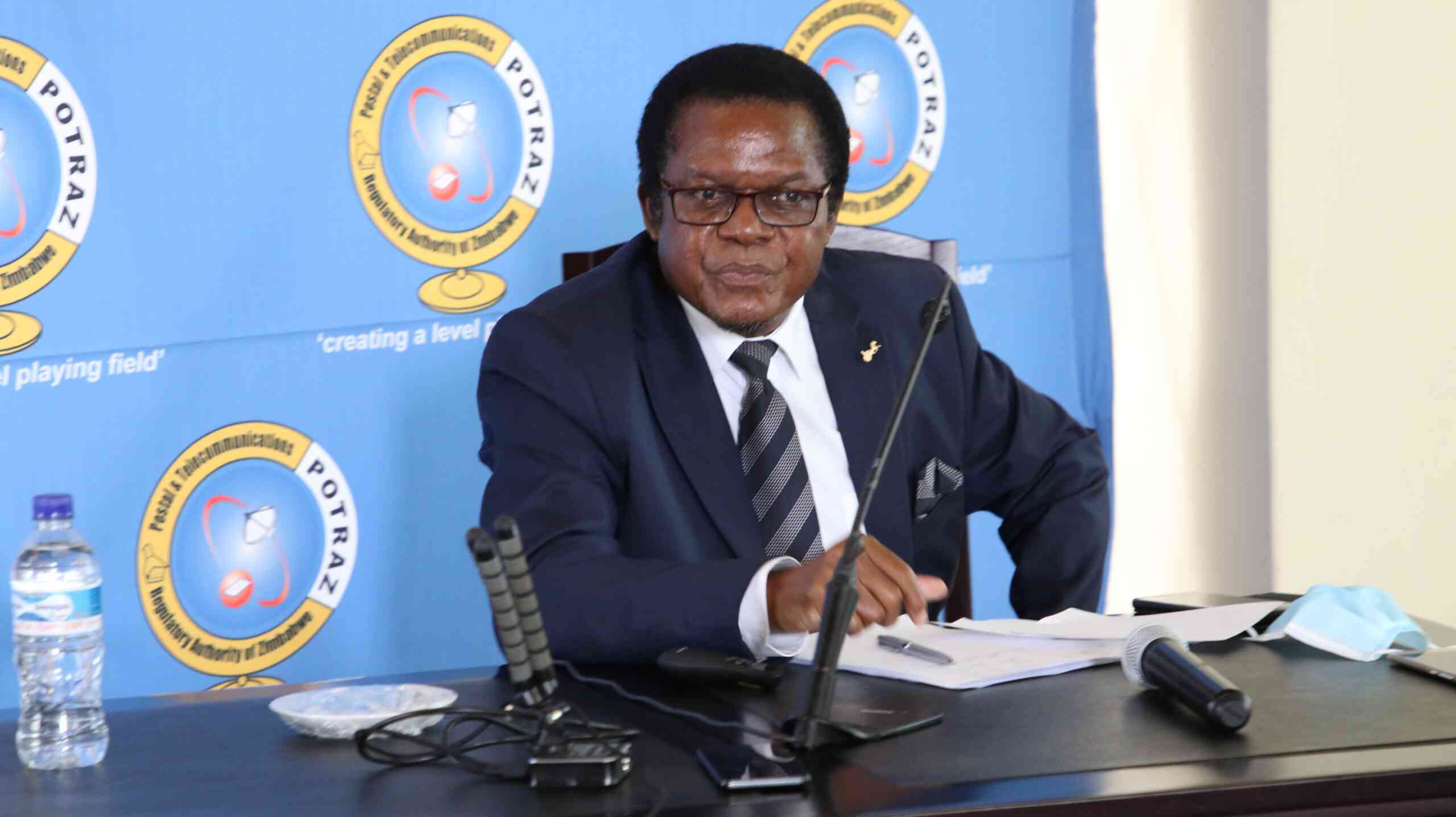Bulawayo industry revival key to regional industrialisation, trade agenda

Prosper Ndlovu, Business Editor
AS Government and the private sector pursue initiatives towards revitalising the productive sector in the country, Bulawayo industries should come to the fore given the city’s strategic positioning to markets and its historical comparative advantages as the manufacturing hub of Zimbabwe. While immediate focus is directed at reclaiming the domestic market, which has been dominated by cheap imports following the collapse of several firms in recent years, the revival of Bulawayo industries should also be aimed at expanding the supply market beyond regional borders.
There is no doubt that the manufacturing sector has an important role to play in creating high value jobs and production of value added goods that can fetch more export earnings. This is crucial given the persistent trade deficit, which spiked by average 30 percent to $1,3 billion in the first half of 2018 compared to same period last year, according to Zimstat.
The trend shows a high appetite for finished imports. Figures from the Ministry of Industry, Commerce and Enterprise Development further indicate that manufacturing and services industry contribute less than 10 percent to Zimbabwe’s exports each when compared to about 80 percent raw commodity exports. This points to low production and weak competitiveness, which weighs down on export performance.
The above outlook has been buttressed by low capacity utilisation in the manufacturing sector at around 45 percent. The situation has recently been compounded by foreign currency shortages, which cripple companies’ capacity to procure critical raw materials on time and facilitate other offshore payments.
Despite the setback experienced in recent years, surviving Bulawayo firms have exhibited persistence and resilience evidenced by the recent positive growth. Several Bulawayo firms have shown signs of recovery, according to the Confederation of Zimbabwe Industries (CZI).
Some have already begun exports and are repositioning themselves as regional players supplying goods to the communities of neighbouring countries within the Southern African Development Community (Sadc) and Africa at large.
Notable firms that have withstood economic shocks and are on the mend include Tregers Group, PPC Zimbabwe, Datlabs, United Refineries Limited, General Beltings, Arenel, National Foods, Zimplow and Blue Ribbon, among others.
“This shows that Bulawayo still has a role to play as a regional industry hub for value added products and commodities that are in demand elsewhere in the sub-region,” says Bulawayo Provincial Minister of State, Angeline Masuku.
She pledged Government commitment towards supporting industry revival by creating a conducive policy environment that allows fruition of all turnaround efforts. Measures to enhance increased domestic production and broadening of product range are vital in the journey towards regional market expansion, adds Minister Masuku.
“We remain at your disposal to address any concerns and issues within the control or capacity of Government to see Bulawayo industries grow from strength to strength,” she said.
In view of the urgency to revamp the manufacturing sector in Bulawayo and the country at large, Minister Masuku has further noted the role of the private sector and manufacturing industry in particular, was changing around the world to go beyond the borders of mere corporate social responsibility. As more demands are being placed on corporates to be engaged and involved as juristic citizens in the countries where they operate, Bulawayo industry revival should be a priority as this will contribute to regional industrialisation and job creation drive.
Some analysts have argued that the demise of Bulawayo industries in recent years, has partly contributed to the regional supply gap, reduced competition and the dominance of mainly South African products in the regional market. The regional industrialisation agenda, thus, seeks to address such imbalances.
Hence in April 2015, in Harare, Zimbabwe, Heads of State and Government adopted the Sadc Industrialisation Strategy and Roadmap 2015- 2063. Since then regional leaders have been seized with developing a detailed action plan for the implementation of the industrialisation strategy and a supporting policy framework.
The Industrialisation Strategy was developed as “an inclusive long-term modernisation and economic transformation scheme that enables substantive and sustained raising of living standards, intensifying structural change and engendering a rapid catch up of the Sadc countries with industrialising and developed countries”.
But more importantly experts say manufacturing industries should play a key role in addressing the social needs of communities and markets they serve in the way they do business. As such, the regional strategy is anchored on three inter-dependent and mutually supportive strategic pillars — industrialisation as champion of economic transformation, enhancing competitiveness and deeper regional integration. Regional leaders have identified three potential growth paths, which Bulawayo industries have potential to leverage on. These are agro-processing; mineral beneficiation and downstream processing and industry-and service-driven value chains.
The paths are mutually supporting and inclusive, encompassing the combination of downstream value addition and backward integration of the upstream provision of inputs, intermediate items and capital goods.
In view of this, more opportunities abound for Bulawayo industries in sectors such as clothing and textile, beef and leather, mining and engineering value chains. These sectors are already being earmarked for growth under the Special Economic Zones (SEZs) model, which dovetails the broader regional industrialisation drive and is being spearheaded by Government and the private sector through the Zimbabwe Special Economic Zones Authority (ZimSEZA).
Under the SEZs framework, Bulawayo has set up a technical working group comprising industry executives and business administrators, which has identified sectors to benefit under SEZs and ranked them according to economic impact. According to the technical committee, mining and engineering, beef, leather, textile and clothing value chains top the ranking list as sectors with highest potential to drive re-industrialisation and massive job creation in Bulawayo.
The recommendations are part of a detailed progress report, which was presented before the ZimSEZA senior leadership, which visited the city recently.
Board chairman and former Reserve Bank of Zimbabwe Governor, Dr Gideon Gono and SEZA chief executive officer, Mr Edwin Kondo. The SEZs initiative is part of the broader strategy by Government to steer economic growth and create employment.
Government had initially earmarked the clothing and textile sectors for SEZs modelling but the city’s technical working group has identified and recommended a broader scope that also ranks sectors according to their strengths and overall impact on the economy. In its sector ranking tool, the Bulawayo technical working group considered factors such as proximity to raw materials and other major production components.
This segment covers aspects like access to raw materials, supporting infrastructure, energy and roads. There is also consideration for experience in production in terms of staffing, technology and availability of fresh skills. Other factors include competitiveness indicators, risk analysis and local participation among others.
According to the committee, the mining and engineering sub-sector has the highest potential in terms of employment, and being top export earner since 2016.
The beef and leather sector is ranked second with priority to revival of companies such as the Cold Storage Company, which has huge capacity to supply the canning and tanning industry and downstream shoe industry.
Textile and clothing is also significant and needs to be supplied with cotton to produce yarn and fabric. The ranking list covers in order of impact, rubber and plastics, agro-processing industry, pharmaceuticals, education and innovation, transport and logistics, creative arts industry, wood and furniture, printing and packaging, tourism and hospitality, energy and water, infrastructure development and mineral value addition.











Comments